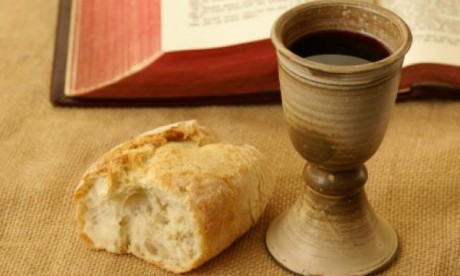Famous historical meals have been well documented to include who attended, where they took place, and what was eaten. Wine was often served at these meals, but the details behind those wines are lacking.
With Easter coming up on April 5, Vivino has taken the challenge to investigate what wine would have been served at the Last Supper, the final meal Jesus shared with his Apostles before his crucifixion.
To help us understand where and why the Last Supper took place, we turned to Father Daniel Kendall, professor of Catholic studies at the University of San Francisco.
And to better understand the winemaking process and wine styles available at the time of the Last Supper, we enlisted Dr. Patrick McGovern, adjunct professor of anthropology at the University of Pennsylvania, where he directs the Biomolecular Archaeology Project for Cuisine, Fermented Beverages and Health at the University of Pennsylvania Museum in Philadelphia.
Where and When Was the Last Supper?
Needing to first establish a time and location that the Last Supper took place, as well as get an understanding of what drew this group together we turned to Father Kendall.
“The Last Supper most likely took place on the Thursday celebration of Passover, according to three of the four Gospels,” says Father Daniel Kendall, S.J.
“The Gospels give a date of around A.D. 30. From the descriptions it was most likely a Seder meal. Since it was and is the most important of Jewish feasts, wine would have been part of the festivities. Unlike John the Baptist, Jesus drank wine.”
The wine present would have had to pair well with traditional Seder fare, which includes: maror or chazeret, a type of bitter herb; charoset, a sweet, brown, pebbly paste of fruits and nuts; karpas, a vegetable (usually parsley or celery) that is dipped into salt water before eating; zeroa, a roasted lamb shank bone or chicken wing; and beitzah, a hard-boiled egg.
Knowing where and when the Last Supper took place gives us a chance to focus on one area and one time period and better address the next question on our journey: What styles of wine, grapes and winemaking techniques were available at this time? Continue reading
Sources
- Vivino
- Image: timeanddate.com
